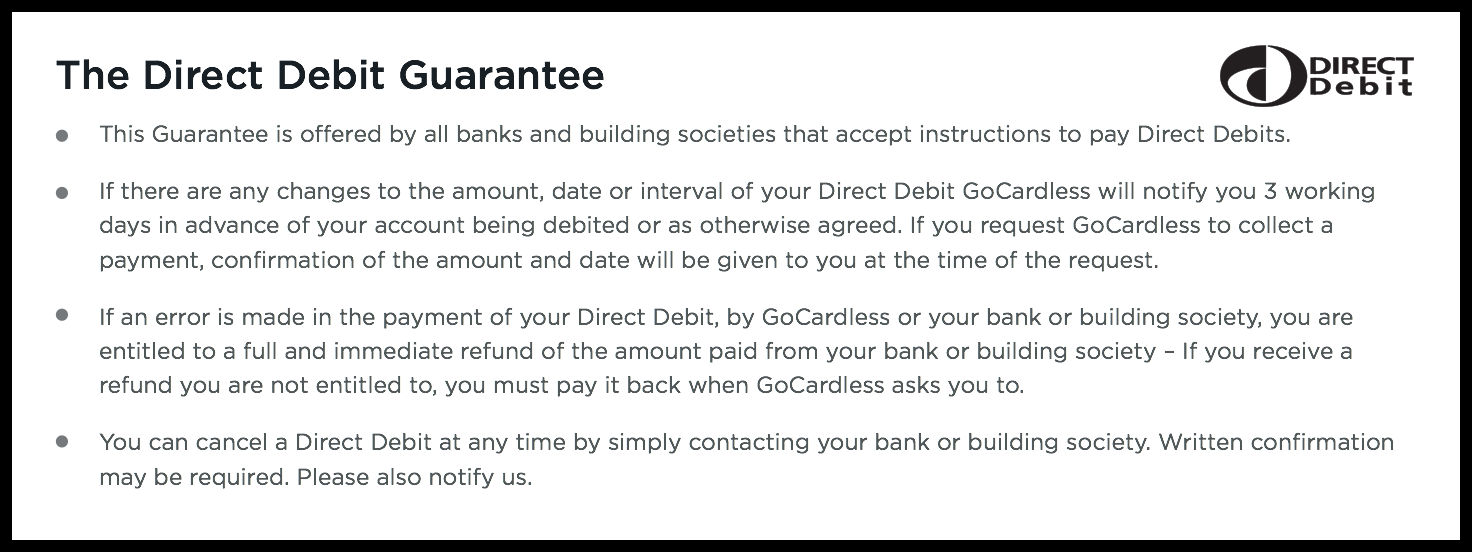
If you’re familiar with Google search, you’re aware that Google continually updates its algorithm. And it’s not just one or two changes either, some have estimated it changes multiple times a day. Meaning it’s likely having hundreds of changes a year.
However,the majority of these changes are usually small ones. When Google do release a major update (also known as a core update), they are sure to announce it.But what does this mean for your website? Well, these changes impact how websites rank in search results. If your website is lacking or needs to change because of these updates, it’s very possible that you’ll fall in position.
That’s why keeping up with these updates is crucial to maintain strong rankings and online presence. Businesses that ignore algorithm changes risk losing traffic, visibility, and conversions.Google constantly refines its algorithm to ensure only high-quality, relevant content ranks at the top. Websites must adapt to these updates or face ranking drops. By understanding how Google’s algorithm works, businesses can stay ahead and continue growing online.
We know that Google is always updating, but what is at the core of it’s algorithm? Google’s algorithm is a complex system that looks at content quality, relevance, user experience, and much more.
Some of the most important parts of its algorithm include
Each time Google updates its algorithm, it refines how it measures these factors. The goal is always the same: to deliver the best possible results for users.
Why It Matters
If you’re running a website, staying on top of Google’s updates isn’t optional—it’s essential. Sites that follow SEO best practices and focus on user-first, high-quality content are the ones that continue to rank well.
So if your goal is to bring in more traffic and stay visible online, make sure your SEO strategy evolves with Google. Keep your content fresh, useful, and easy to navigate—and you’ll be in a good place.
You might be wondering why is it that Google are constantly updating their algorithm, is it not good enough already? Google is always evolving to provide better results for users, the primary goal of search. Helping users find what they need quickly and efficiently. And with user intent and needs always changing, it’s no wonder that Google is too.
These changes can focus on factors such as quality content, mobile-friendliness, page experience and so much more.These changes aren’t just focusing on the good stuff either. Google evolves to fight spammy tactics, low-quality content and anything that is detrimental to users.
If you can keep on top of these updates, you likely be rewarded with better rankings. If you don’t and continue to use outdated and potentially spammy SEO, you’ll likely be penalised resulting in lower rankings and in some cases, having your website removed from the index.
What Google updates it algorithm to do:
We know by now that these algorithm updates can affect your website and its search visibility. But what is full the scope of what these changes can mean for your website? Let’s take a look.
Impact of Google Algorithm Updates on SEO
If you see rankings drop for your site, that means its time to analyse your website and your current SEO strategy. You can use a range of SEO tools such as audit tools, ranking trackers and more to identify weaknesses and areas of improvement.
If you want your website to rank well on Google, it’s important to understand what the algorithm looks for. Here are the main factors that play a big role in where your site lands in search results:
Content Quality
Google prioritises websites that offer valuable, accurate, and engaging content. It’s not about the quantity of words—it’s about meeting the user’s intent and providing helpful information.
To improve content quality:
• Use original, well-researched information.
• Avoid duplicate or low-value content.
• Structure your content clearly for easy reading.
• Keep your content up to date with fresh information.
A positive user experience is essential. Google ranks websites higher when they are fast, mobile-friendly, and easy to use.
Focus on:
Backlinks are a strong signal of trust and authority. When other reputable websites link to yours, Google takes it as a vote of confidence.
Best practices:
Relevant keywords help Google understand your content, but they must be used naturally to avoid penalties.
Tips for effective keyword use:
Strong technical foundations make your site easier for search engines to crawl and index, which improves visibility.
Key technical elements:
Google’s algorithm is constantly evolving, and keeping up with these changes is essential if you want to maintain or improve your search rankings. Here’s how to stay ahead:
The first step is staying up to date with the latest news and insights from trusted SEO sources. Google occasionally announces major updates, but much of what we learn comes from industry analysis and data.
Ways to stay informed:
SEO tools can help you spot changes in performance that may be linked to algorithm updates. By regularly analysing your data, you can adjust your strategy as needed.
Helpful tools include:
Once you’re aware of changes, the next step is adapting. Algorithm updates often reward sites that prioritise quality, user experience, and helpful content.
Steps to take:
Google’s algorithm is always changing, but the core message remains the same: prioritise quality, relevance, and user experience. By understanding the key ranking factors and staying informed about updates, you can build a more resilient SEO strategy that stands the test of time.
Use reliable tools to monitor your website’s performance, keep your content fresh and useful, and focus on providing real value to your audience. SEO isn’t a one-time task—it’s an ongoing process. But with the right approach, you can stay ahead of algorithm changes and continue driving strong, consistent results for your website.
Need help with SEO strategies? Reach out to our experts in no time. Let’s grow your online presence together!
Let your business grow wings with us.
You can contact us in a variety of different ways. You can find us and our address on the map above. We also have dedicated teams and you can find the contact details for them below. Alternatively, you can fill in the enquiry form and email us directly.

